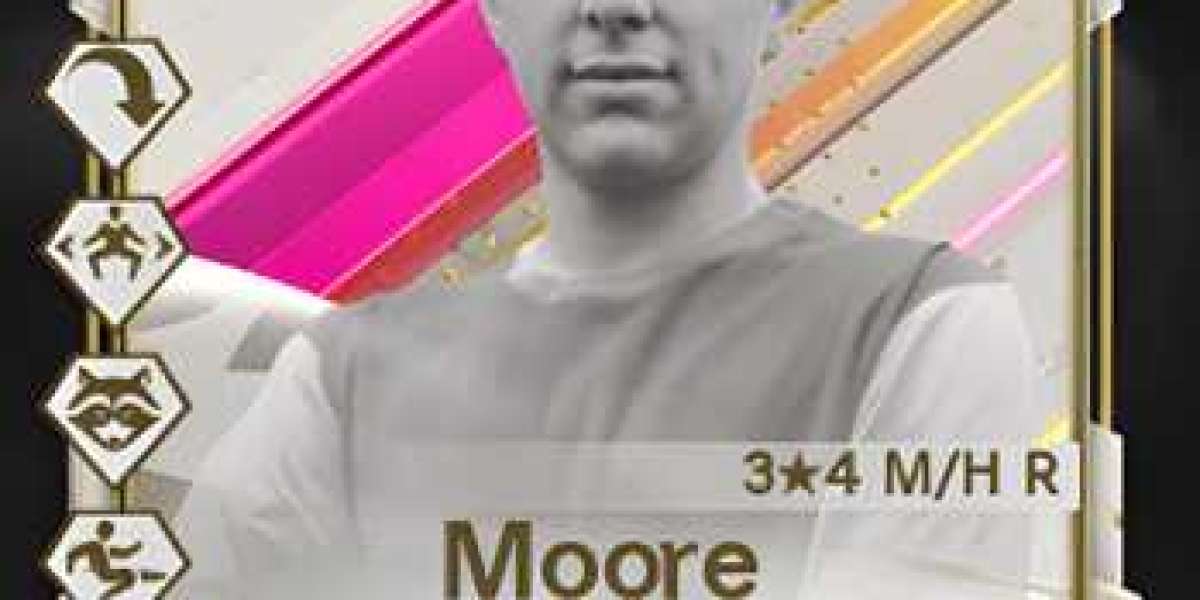In the summer of 1963, a powerful and historic event known as the March on Washington for Jobs and Freedom took place. This event, which occurred on August 28th, has etched its name into the annals of American history and is widely regarded as one of the most significant moments of the Civil Rights Movement. It brought together hundreds of thousands of marchers from different races, backgrounds, and walks of life, all united in their demand for racial equality and economic justice. The March on Washington became a catalyst for change, paving the way for the enactment of landmark civil rights legislation and leaving an indelible mark on the fight for equality in the United States.
At the time, the Civil Rights Movement was gaining momentum, driven by leaders such as Martin Luther King Jr. and organizations like the Southern Christian Leadership Conference (SCLC) and the National Association for the Advancement of Colored People (NAACP). While progress was being made, racial segregation and discrimination were still deeply rooted in American society, especially in the Southern states. The March on Washington aimed to address these issues head-on and lay the groundwork for substantial reforms.
The event was meticulously planned and organized, with notable activists and leaders working tirelessly to ensure its success. A. Philip Randolph, a prominent civil rights activist and labor leader, was one of the key figures who played a crucial role in organizing the march. He originally proposed the idea of a mass gathering in Washington, D.C., to draw attention not only to racial equality but also to economic disparities faced by African Americans.
The March on Washington began with a rally at the Washington Monument grounds, where notable figures such as Martin Luther King Jr., John Lewis, and Bayard Rustin delivered impassioned speeches. The atmosphere was electric, as passionate activists, supporters, and curious onlookers filled the expansive National Mall, brimming with anticipation for change. The resounding chant of We Shall Overcome echoed through the air, amplifying the collective voice demanding justice.
As the day progressed, the marchers embarked on a historic journey, making their way from the Washington Monument to the front of the Lincoln Memorial. It was during this iconic march that Martin Luther King Jr. delivered his timeless and iconic I Have a Dream speech, which resounded with hope, unity, and a vision of a more equitable future. His words struck a chord with millions of Americans watching on television and listening over the radio, solidifying his status as a revered leader of the Civil Rights Movement.
By the end of the March on Washington, the impact it had made was undeniable. The event succeeded in bringing the issue of civil rights to the forefront of the national consciousness, inspiring a sense of urgency and rallying support from all corners of American society. It demonstrated the power of peaceful protest and collective action in effecting change, setting the stage for further victories in the fight against racial discrimination.
The March on Washington for Jobs and Freedom in 1963 remains an indelible moment in history, not only for its size and significance but also for the lasting impact it had on American society. It was a transformative event that inspired a generation of activists, ushering in a new era of progress and a renewed commitment to equality. Its legacy continues to remind us of the power of unity, courage, and the enduring pursuit of justice for all.



